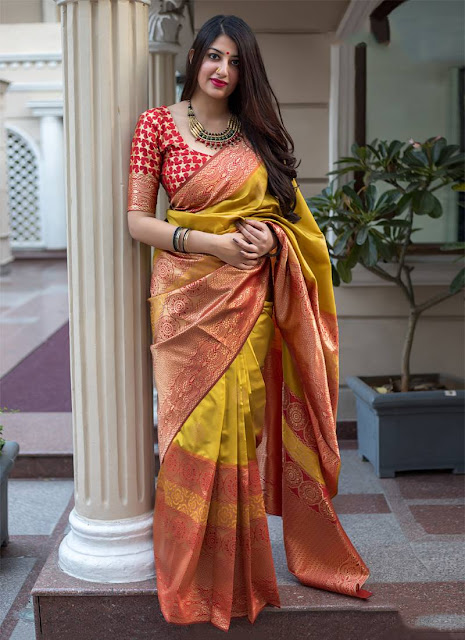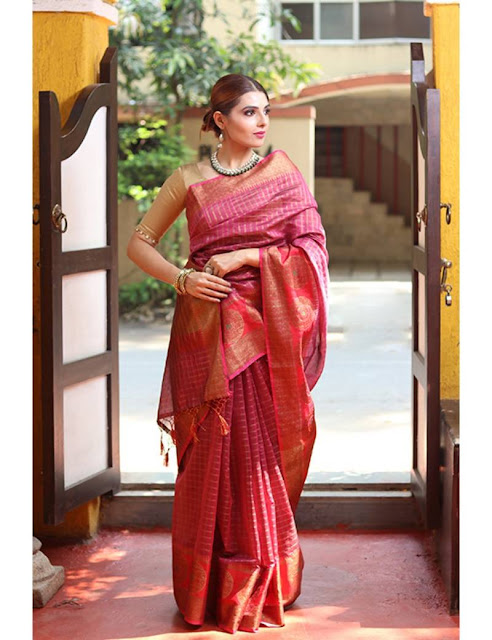Women would love to known about Designer Banarasi Sarees
The wedding of a contemporary Indian bride is never complete without a Banarasi saree. Banarasi saree is one of those Indian outfits that have kept their charm for centuries. The reason, are considered to be
Banarasi Saris get their name from Banaras, a local name for the city of Varanasi, Uttar Pradesh. A Banarasi sar i is known Dedicated teamwork is required Normally three people are engaged to make a single saree, while the time required is 15 days to 6 months depending upon the designs on the saris. The materials used for making a Banarasi saree are pure silk, organza, georgette, and shattir threads which are used jaal mina
Banarasi saris are usually woven sar i is woven be cut






Comments
Post a Comment